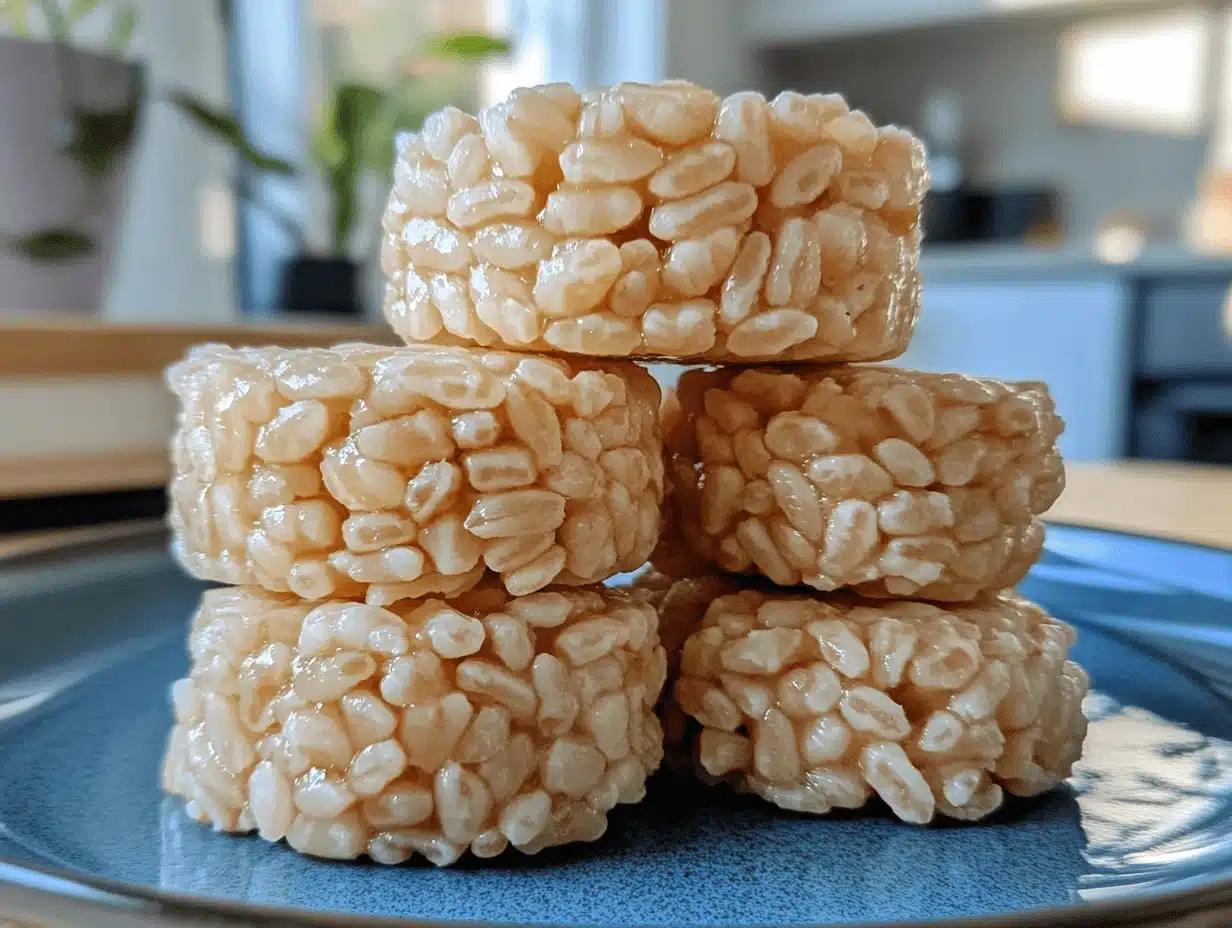Rice cakes have long been a go-to snack for those seeking a light, crunchy, and versatile option. Their simplicity and adaptability make them suitable for various recipes and dietary preferences. In this article, we explore the origins, nutritional benefits, and creative uses of rice cakes while integrating some unique internal linking opportunities for added value.
What Are Rice Cakes?

Rice cakes are puffed snacks made primarily from rice. They have been staples in different cultures, such as Japan, where senbei are crispy rice crackers, and Korea, home to chewy tteok. Modern rice cakes are celebrated for their convenience and role as a healthy alternative to bread or chips.
Learn how rice cakes compare to indulgent snacks like lamb-loaded fries and discover why they are a lighter option.
Types of Rice Cakes
1. Plain Rice Cakes
Light, airy, and ideal as a base for creative toppings.
2. Flavored Rice Cakes
Available in sweet varieties like caramel or chocolate and savory options such as white cheddar or tomato basil.
3. Traditional Rice Cakes
Cultural favorites include Japanese senbei and Korean tteok, which offer unique textures and flavors.
Explore how these compare to festive treats like traditional Christmas bread in terms of versatility and flavor profiles.
Nutritional Profile of Rice Cakes
Rice cakes are often celebrated for their low-calorie content, typically ranging between 35–60 calories per serving. They are also:
- Gluten-Free: Perfect for those with gluten sensitivities.
- Low-Fat: A great alternative to heavier snack options.
- Customizable: Pair with nutrient-rich toppings for added value.
For an indulgent comparison, check out the breakdown of milk chocolate’s history and health benefits.
Creative Ways to Enjoy Rice Cakes

Rice cakes shine when paired with delicious and nutrient-rich toppings. Here are some ideas:
Sweet Toppings
- Peanut butter and banana slices.
- Nutella and strawberries.
- Greek yogurt with fresh berries and honey.
Savory Toppings
- Avocado with chili flakes and lime.
- Hummus and roasted red peppers.
- Smoked salmon and cream cheese.
FAQs
Are Rice Cakes Actually Healthy?
Yes, rice cakes can be considered a healthy snack, especially when paired with nutritious toppings. They are low in calories, gluten-free, and often made with minimal ingredients, making them suitable for individuals looking for a light snack option. However, their nutritional value largely depends on how they are consumed. Plain rice cakes are low in protein and fiber, which can make them less filling. To boost their health benefits, they should be combined with nutrient-rich toppings such as nut butter, avocado, or Greek yogurt.
Why Do Bodybuilders Eat a Lot of Rice Cakes?
Bodybuilders often include rice cakes in their diets for several reasons:
- Quick Source of Carbs: Rice cakes are high in carbohydrates, which provide quick energy. This is particularly beneficial before or after workouts when glycogen stores need replenishing.
- Low in Fat: Rice cakes are low in fat, making them a clean source of energy without adding extra calories.
- Easy to Digest: Their simplicity makes them easy to digest, preventing discomfort during or after intense physical activities.
- Customizable: Bodybuilders can easily pair rice cakes with protein sources like chicken, eggs, or protein spreads for a balanced snack.
What Is a Rice Cake Made Of?
Rice cakes are primarily made of rice—usually white or brown rice. The production process involves:
- Cooking the Rice: The rice is steamed to soften it.
- Puffing and Pressurizing: Heat and pressure cause the rice grains to puff and stick together naturally, forming the signature cake shape.
- Optional Additions: Some rice cakes include salt, flavorings, or seasonings, especially in flavored varieties.
What Is the Disadvantage of Rice Cakes?
While rice cakes have their benefits, there are some disadvantages to consider:
- Low Nutritional Density: They are low in protein, fiber, and essential nutrients, which makes them less filling and nutritionally incomplete.
- High Glycemic Index (GI): Rice cakes can cause rapid spikes in blood sugar levels, especially when eaten plain or in large quantities.
- Potential Additives: Flavored rice cakes may contain added sugar, sodium, or artificial ingredients, reducing their health appeal.
- Lack of Satiety: Due to their low fiber and protein content, they may not keep you full for long, leading to overeating or additional snacking.
Conclusion
Rice cakes are a fantastic addition to any pantry. Whether you’re looking for a quick snack or a base for gourmet creations, their versatility and health benefits make them a must-have. Next time you’re in need of inspiration, try pairing them with one of the many delicious toppings or recipes mentioned above.
Dive deeper into other culinary explorations like the ultimate Christmas bread recipe and expand your snacking repertoire today!


6 thoughts on “The Ultimate Guide to Rice Cakes: Healthy, Versatile, and Delicious”